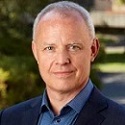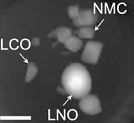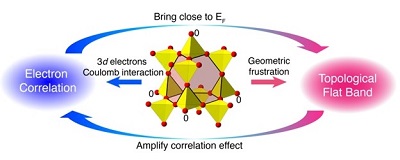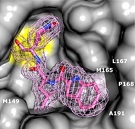From the Director

Severe winter weather contributed to loss of electrical power to SSRL/SPEAR3 on several occasions during our current FY 2024 run. In mid-January, storm-related water intrusion into the housing of a large power transformer feeding the SPEAR3 booster complex catalyzed a multi-step failure of the transformer. In early February, severe winds during another atmospheric river storm caused the downing of many trees, including one that caused the loss of power to the SLAC site’s main 230 kV electrical line. In early March, a brief but intense storm produced a power instability on the 230 kV line that caused our local power utility, Pacific Gas & Electric, to de-energize the line.
There was no permanent damage to SSRL systems during these events, but they, unfortunately, resulted in lost beam time to our users. These events point out the need for us to invest in back-up systems and hardening of the facility to mitigate what are likely to be increasingly frequent severe weather events in future years. We received funds at the end of FY 2023 from the Department of Energy Basic Energy Sciences to order replacements of key power transformers around SSRL. These have been ordered and will be installed. The recent increase in SSRL’s operating funds provides much-needed resources for maintenance and risk mitigation which we will use over the coming years to improve SSRL’s operational resilience.
Earlier this year, we reorganized the SSRL leadership team. Xiaobiao Huang now leads the Accelerator Division. James Safranek, who had previously led the Division, now leads the Accelerator Physics Department. Dan Harrington leads the Beam Line Systems Division as well as the Beam Line Development and Support Department. This change allows Tom Rabedeau to focus on SSRL’s future project portfolio, including plans for Major Item of Equipment project for new beam lines at SSRL.
– Paul McIntyre
SSRL SPEAR3 Celebrates 20 Years
SSRL utilizes x-rays produced by its accelerator, the Stanford Positron Electron Asymmetric Ring (SPEAR). This month we celebrated the 20th anniversary of the 2004 upgrade funded by the Department of Energy and the National Institutes of Health. SPEAR3 is a 3-GeV, high-brightness third generation storage ring operating with low emittance. SSRL runs with 500 mA in top-off mode, with the beam current kept constant by injection of electrons into the ring every five minutes. The intense beam of synchrotron radiation – ultraviolet and x-ray photons emitted by the circulating electron beams – are used for basic and applied research in diverse fields. SSRL celebrated with a lunch where Paul McIntyre acknowledged the milestone and Bob Hettel who was part of the original SPEAR3 team shared some memories of the people who made the upgrade possible.








